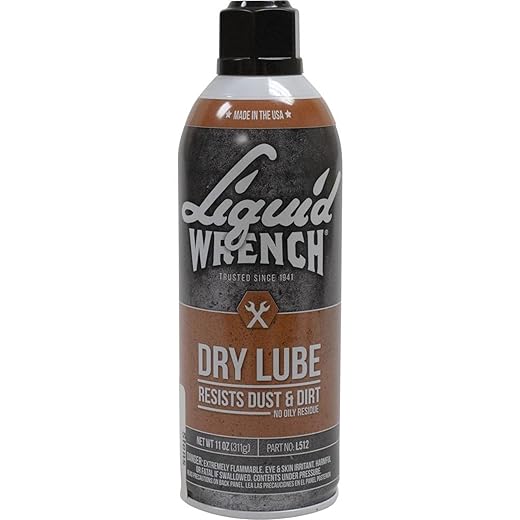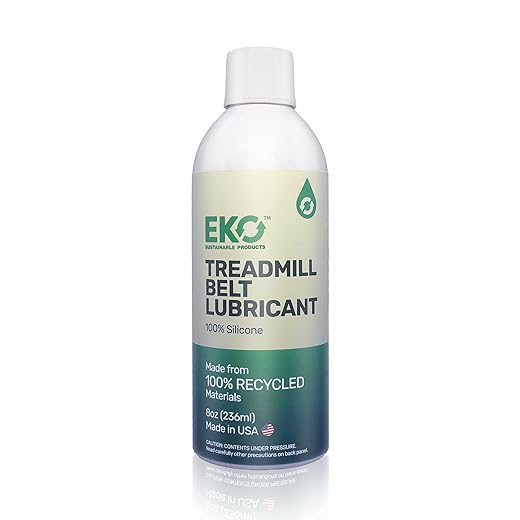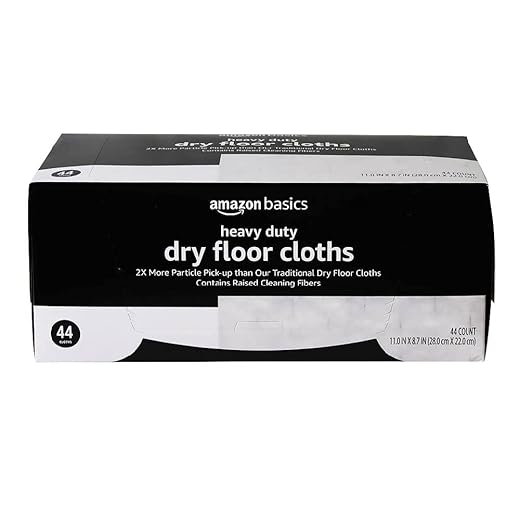In this guide, “How to Lubricate a Treadmill Using Maintenance Products,” we aim to equip you with the knowledge and skills necessary to maintain your treadmill for peak performance and durability. Regular lubrication is crucial to minimize friction between the running belt and deck, which can lead to costly repairs and reduced functionality if neglected. By following our straightforward, step-by-step instructions, you’ll learn how to effectively apply the right maintenance products, ensuring your treadmill operates smoothly and lasts longer. Whether you’re a seasoned fitness enthusiast or a casual user, this guide will help you tackle the common issue of treadmill maintenance with confidence.



Steps for Lubricating Your Treadmill Belt
Gather Necessary Maintenance Products
Gather treadmill lubricant, ensuring it is silicone-based for optimal performance. Acquire a clean cloth or paper towel for wiping surfaces and removing excess lubricant. Have a vacuum or brush ready to clean the area around the treadmill, preventing dust and debris from interfering with the lubrication process.
Organize all materials in one convenient location near the treadmill. Ensure the treadmill is unplugged and safely positioned before starting. This preparation will streamline the lubrication process and help maintain your equipment effectively.



Unplug the Treadmill
Unplug the treadmill from the electrical outlet immediately to eliminate the risk of accidental starts during maintenance. Ensure the plug is completely removed from the socket and store it in a safe location away from the machine. Verify that the power indicator light is off, confirming that no electricity is flowing to the treadmill. Double-check the outlet to make sure no other devices are connected that could inadvertently power the treadmill.
Inspect the entire area around the treadmill for any potential hazards, such as loose cords, water spills, or obstructions that could pose a danger while you work. Clear the space to promote a safe working environment. Make sure you wear appropriate safety gear, such as gloves and safety goggles, to protect yourself from any potential injuries during the maintenance process.
Inspect the Treadmill Belt
Lift the treadmill belt carefully to inspect for any signs of wear or damage. Pay close attention to the following:
- Fraying: Look for any loose threads or unraveling on the edges of the belt. This can indicate deterioration that might lead to a complete break.
- Tears: Check for any visible cuts or punctures in the belt surface. Even small tears can worsen over time and affect the treadmill’s performance.
- Debris: Examine the area beneath the belt for dust, dirt, or foreign objects. Accumulated debris can interfere with the belt’s movement and lubrication.
Clean any dust or debris you find at this stage. Use a soft cloth or a vacuum to remove particles, ensuring a smoother operation. Regular maintenance, including this inspection, will help prolong the life of your treadmill and enhance its performance.
Clean the Treadmill Deck
- Start by unplugging the treadmill to ensure safety while you clean the deck.
- Use a clean, dry cloth to wipe down the entire surface of the treadmill deck. Focus on areas where dust and dirt tend to accumulate, such as the edges and under the belt.
- For more stubborn dirt or dust buildup, utilize a vacuum with a soft brush attachment. This will help to reach tight spaces around the motor area and under the running belt.
- Ensure you remove any debris or hair that may have gotten trapped in the deck. You can use a pair of tweezers or a small brush for this task.
- After cleaning, check for any visible scratches or damage on the deck surface. Address these issues before proceeding with lubrication, as they can affect the performance of the treadmill.
- Make sure the surface is completely dry before applying any lubricant. This guarantees that the lubricant adheres properly and works effectively, enhancing the treadmill’s performance.
- Regularly cleaning the deck improves not only the lubrication process but also extends the lifespan of your treadmill. Aim to clean the deck every few weeks, or more often if you frequently use the machine.
Apply the Lubricant
Lift the treadmill belt carefully to expose the deck underneath. Ensure that the belt is elevated enough to allow for an even application of lubricant without any obstruction. Take the recommended treadmill lubricant, referring to the manufacturer’s guidelines for the specific product. Squeeze or pour the lubricant in a zigzag pattern along the length of the deck, ensuring that you cover the entire surface evenly.
Focus on applying the lubricant in small amounts, allowing it to spread out as you move along the deck. Avoid using too much product, as excess lubricant can lead to buildup and potentially cause damage. After applying, gently lower the treadmill belt back into position and run the machine at a low speed for a few minutes. This will help distribute the lubricant thoroughly, ensuring optimal performance and longevity of your treadmill.
Reassemble and Test the Treadmill
Carefully lower the treadmill belt back into its original position, ensuring it is centered and aligned with the deck. Check that the belt is not twisted and that it sits evenly on both rollers. Plug the treadmill back into the power outlet, ensuring the connection is secure and the power switch is on.
Run the treadmill at a slow speed for several minutes. Monitor the belt’s movement closely to confirm that it operates smoothly without any noise or friction. This process helps distribute the lubricant evenly across the deck, promoting optimal performance. Adjust the speed as necessary, but keep it slow to allow the lubricant to settle and enhance the treadmill’s operation.
Ensuring Smooth Treadmill Operation
In conclusion, lubricating your treadmill is an essential part of its maintenance that can significantly improve its performance and longevity. By adhering to the simple steps outlined in this post and using the right maintenance products, you can ensure smoother operation and a safer workout environment. Remember, a well-lubricated treadmill not only enhances your exercise experience but also protects your investment for years to come.
Essential Supplies Needed


I actually use ‘ProForm Treadmill Lubricant’ and it works pretty well for me. I also added a step where I check the motor and wires for any signs of wear. Just a little extra precaution!
That’s a smart addition! Regularly checking the motor and wiring can prevent bigger issues down the line. Thanks for sharing your routine!
Absolutely! For treadmills, I recommend using a silicone-based lubricant like ‘Lube-N-Walk’ or ‘Treadmill Doctor’ lubricant. They’re specifically designed for treadmill maintenance and help reduce wear and tear. WD-40 is not ideal for this purpose as it can damage the belt over time. Hope this helps!
Hey, could you recommend specific brands of lubricant? I’ve seen stuff like WD-40 and silicone spray, but I’m not sure which is best for treadmills. Would love to get some clarity on that!
I’m curious about the best way to clean the treadmill deck. Should I use any specific cleaners, or just a damp cloth? I want to avoid damaging the surface.
Using a damp cloth is usually sufficient! You can add a mild soap if needed, but avoid harsh chemicals as they can damage the surface. Just make sure everything is dry before putting the treadmill back together.
What about adjusting the tension on the belt? Is that something we should do while maintaining? I feel like my belt is a bit loose.
Great question! Yes, checking the belt tension is important during maintenance. If it feels loose, you can adjust it according to your treadmill’s manual. It’s usually a straightforward process, but always double-check those instructions!
Could you guys do a follow-up article on troubleshooting common treadmill problems? Like squeaking noises or issues with speed? That would be super helpful!
Absolutely! We love hearing your suggestions, and a troubleshooting guide sounds like a great idea. We’ll definitely consider that for future articles!
I followed these steps last week and my treadmill is running like new! I didn’t realize how much of a difference proper lubrication makes. Just wanted to share my positive experience!
So glad to hear that! Regular maintenance really makes a huge difference in the performance and longevity of your treadmill. Keep up the great work!
Great guide! I usually run a cloth along the belt after cleaning to soak up any excess lubricant. Just a little tip I found helps keep everything tidy. Anyone else do this?
That’s a great tip! Keeping the belt clean and reducing excess lubricant is key to maintaining a smooth operation. Thanks for sharing your insight!